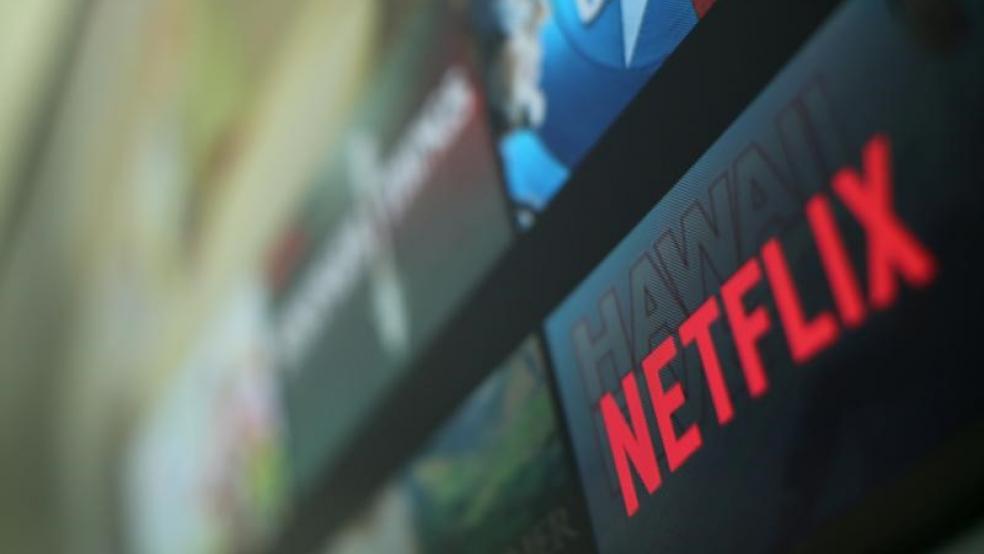For the past 19 years, Netflix has been changing how we think about entertainment. In its early red envelope days, it crippled Blockbuster with a wider selection, larger inventory and lack of late fees. Then it helped usher in a utopian Wild West of streaming video, in the time before the studios figured out that digital rights were worth something. Now its latest incarnation is as a high-quality television studio that rivals HBO and AMC.
One thing that seems to have gotten lost in the shuffle amid the company’s latest pivot is what originally made Netflix stand out from the pack: its vast library. While its disc-by-mail arm still exists, the vast majority of subscribers now use the streaming-only option.
While Netflix has continued to grow, its streaming library appears to be shrinking. According to a recent analysis on Exstreamist, an online video blog, Netflix’s streaming library included close to 11,000 titles in 2012. Currently, the library contains about 5,300. Every month, many subscribers search for one of those “What’s Coming to and Leaving Netflix This Month” articles without noticing that the exits are far outpacing the arrivals. And while this might annoy the cinephiles in the audience, it may not matter much to Netflix and the great majority of its customers.
Related: From ‘Stranger Things’ to ‘Star Wars’: How Gen X Quietly Took Over Hollywood
First of all, Netflix has become exceedingly successful in producing and promoting its original content. By this point, House of Cards and Orange Is the New Black have both achieved ratings, awards and critical claim equal to shows on the traditional networks. Younger subscribers are likely to associate Netflix with these shows, as well as other hits like Baz Lurhman’s The Getdown and the Marvel properties Daredevil, Jessica Jones and Luke Cage. There was almost no bigger pop cultural event this summer than the debut of Stranger Things.
Additionally, Netflix has very quietly been dominating the children’s entertainment market. For those without kids, or those whose kids are past the SpongeBob stage, this might be a section of Netflix that you simply never view, but its library of children’s programing is huge. And increasingly this is the way that parents are choosing to entertain their kids. Roughly half of Netflix’s 75 million subscribers routinely view children’s entertainment.
In addition to the wide selection of options and the ability to endlessly re-watch favorites, there is also the simple issue of control. Parents can put their kids in front of entertainment without fear of commercials pushing unwanted products or awkward questions, or suddenly switch to grownup content in the afternoon. Netflix even provides a customizable filter to its library, ensuring that the kids can’t switch over to Daredevil on their own.
Related: 2016’s Summer of Movie Flops Is Not a Fluke, It’s the Beginning of the End
The third reason is that there may not be much of an appetite left for the old product. The dream of Netflix in its earlier incarnations was that of an all-encompassing library of film, a place to watch any film that came to your mind in an instant, whether it was a lost Hollywood classic or an 80’s trash masterpiece. But now, in the sea of hot, new “must see peak TV” content, most viewers do not choose to troll the archives.
For each film that appears in the library a dollar amount is paid by Netflix to acquire the rights, but if no one ever actually views the film, if it merely sits in the library to give the illusion of completion. Whether we’re talking about The Lady from Shanghai or Hardware, that is ultimately wasted money on Netflix’s part. In short, the image of Netflix as the video store clerk with the encyclopedic knowledge of film might be just as much a relic of the 90’s as his place of employment.
Some of this is tied to the evolving place of movies themselves within the entertainment world. As “peak TV” dominates headlines and viewing schedules, and box office returns focus increasingly on big budget spectacle, the idea of “film as art” has taken a drubbing. It’s hard to imagine kids desperately wanting to be filmmakers in the same way that they were in the post-Tarantino rush of the ‘90s. As such, the cultural value of having a vast knowledge of film’s history has also diminished. If no one is watching old movies, and we’re all too busy watching new shows to care, then why should Netflix pay money to simply preserve a historical record?




